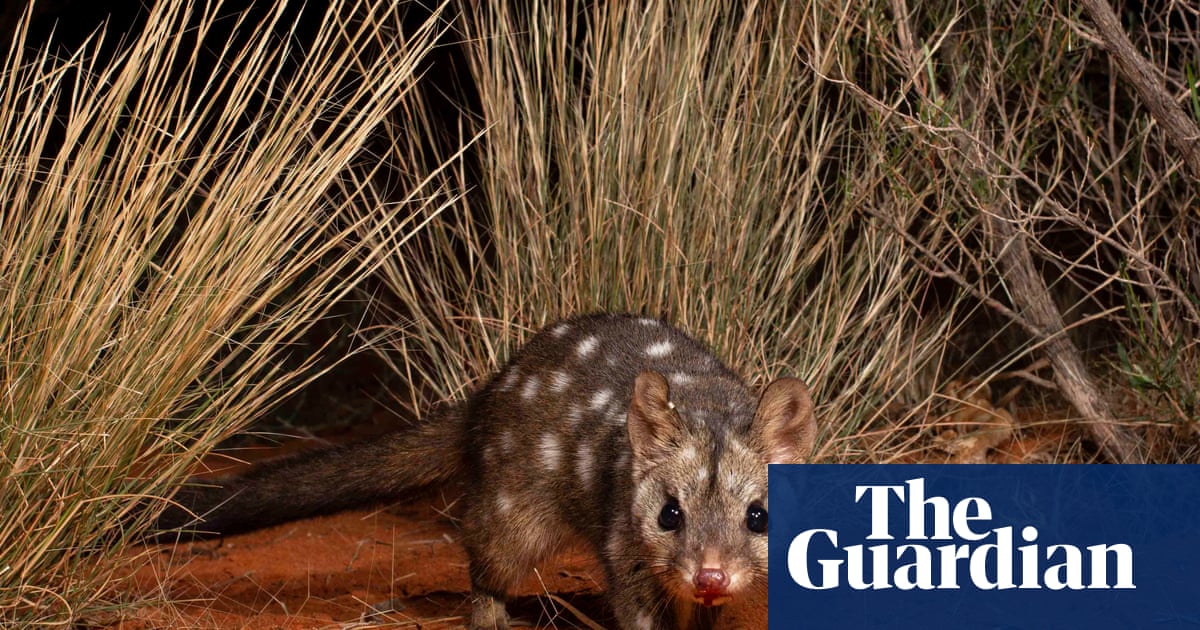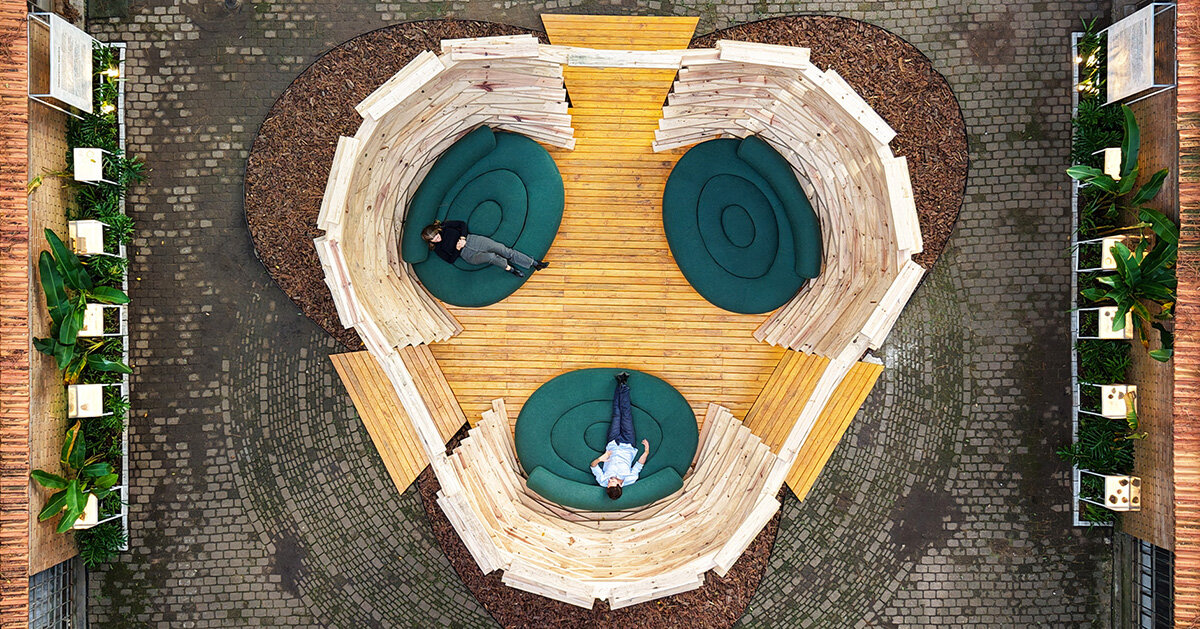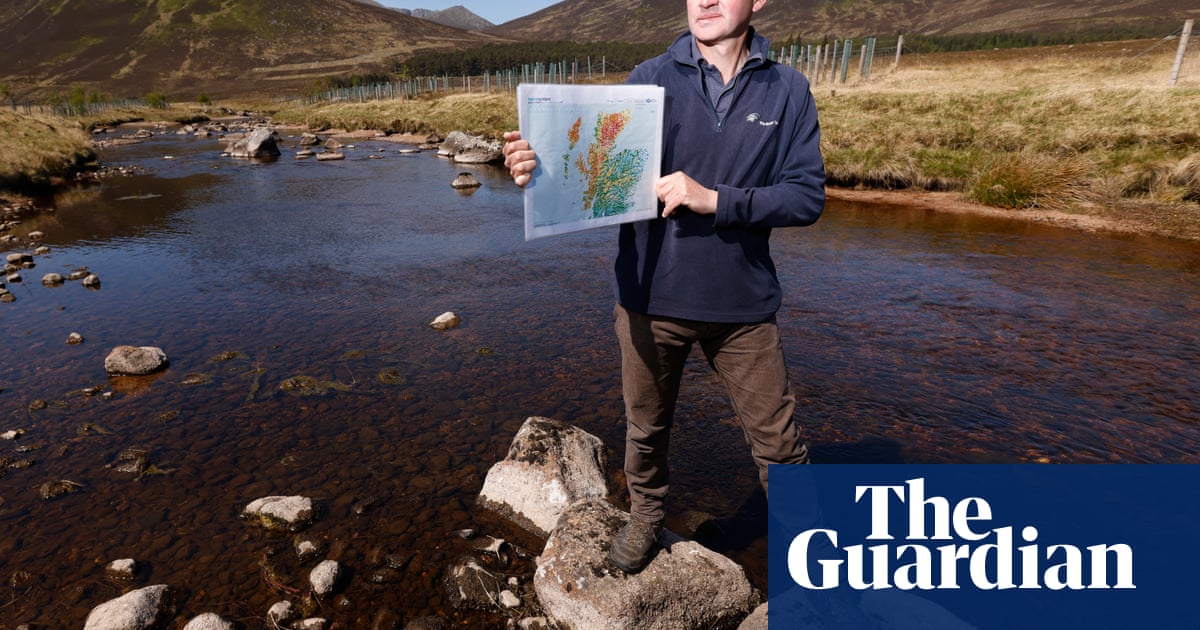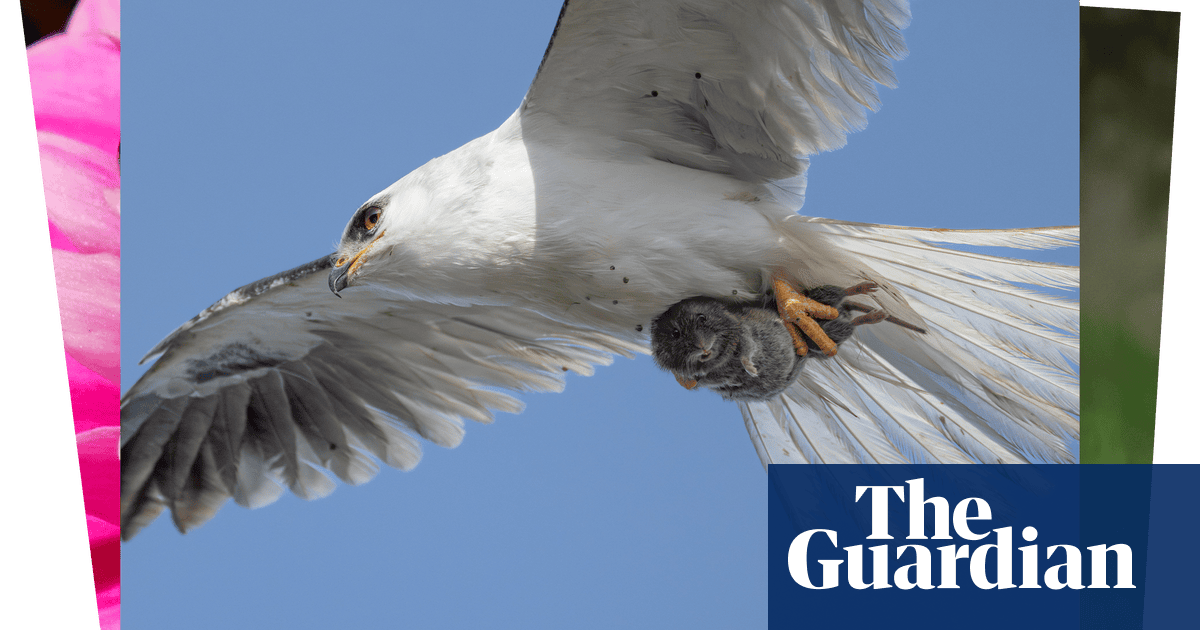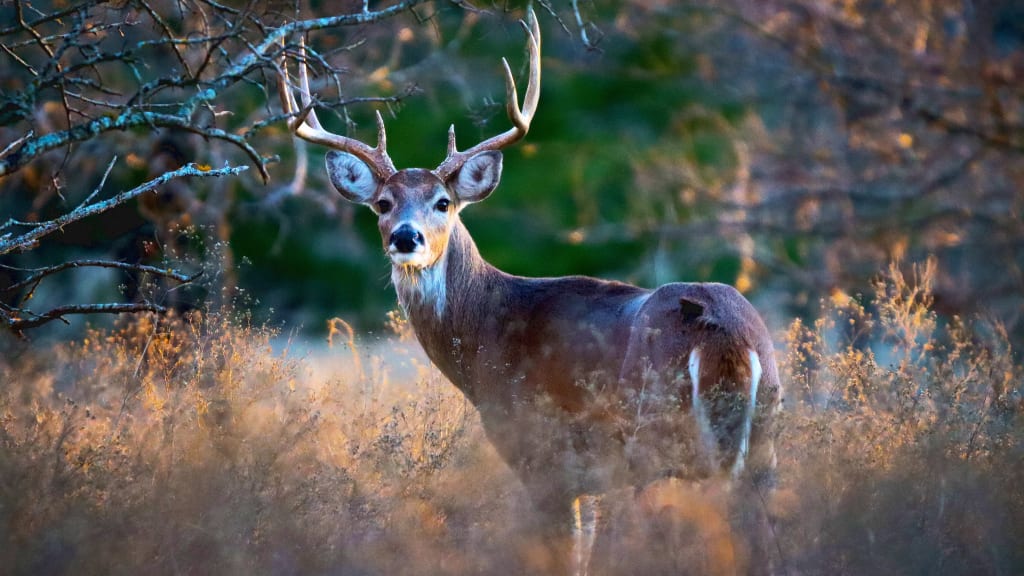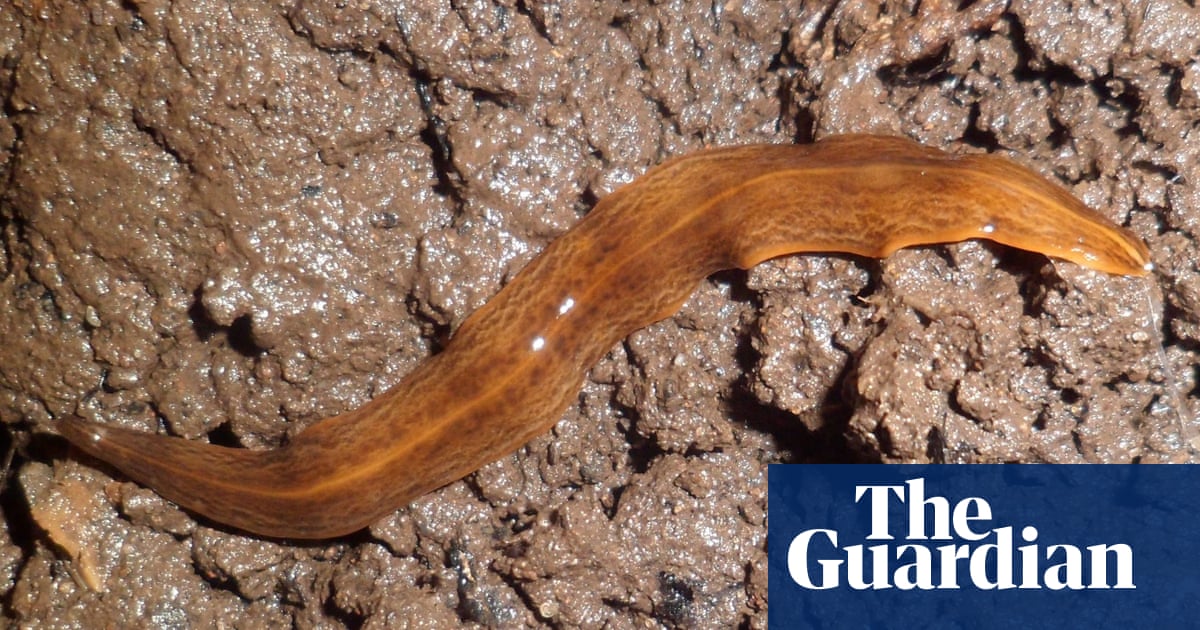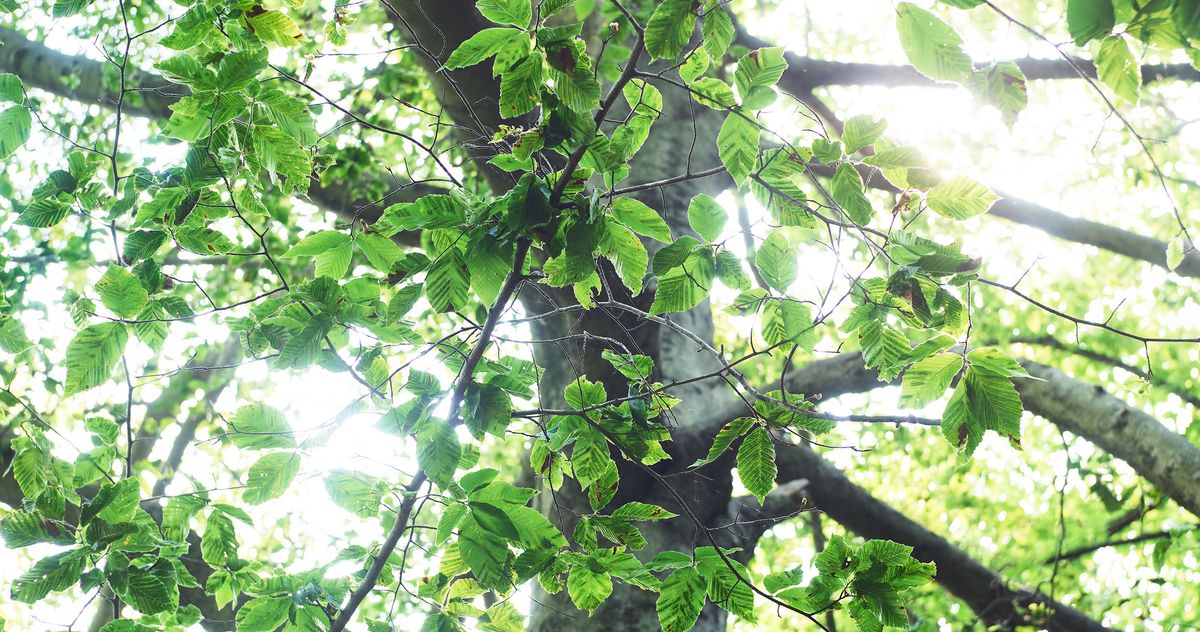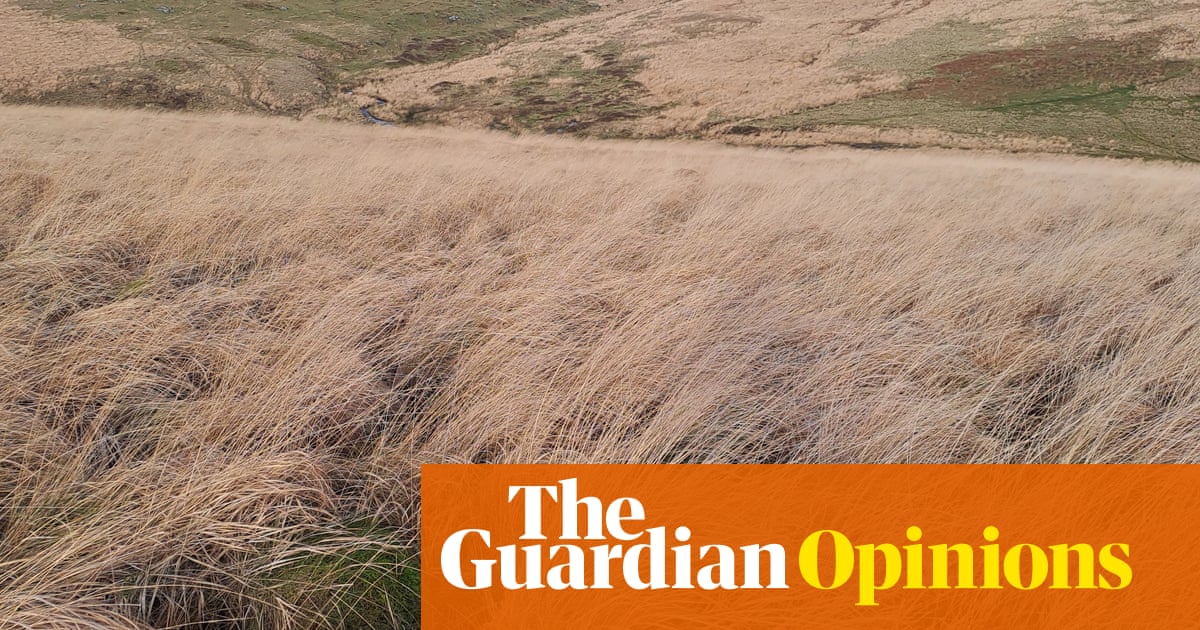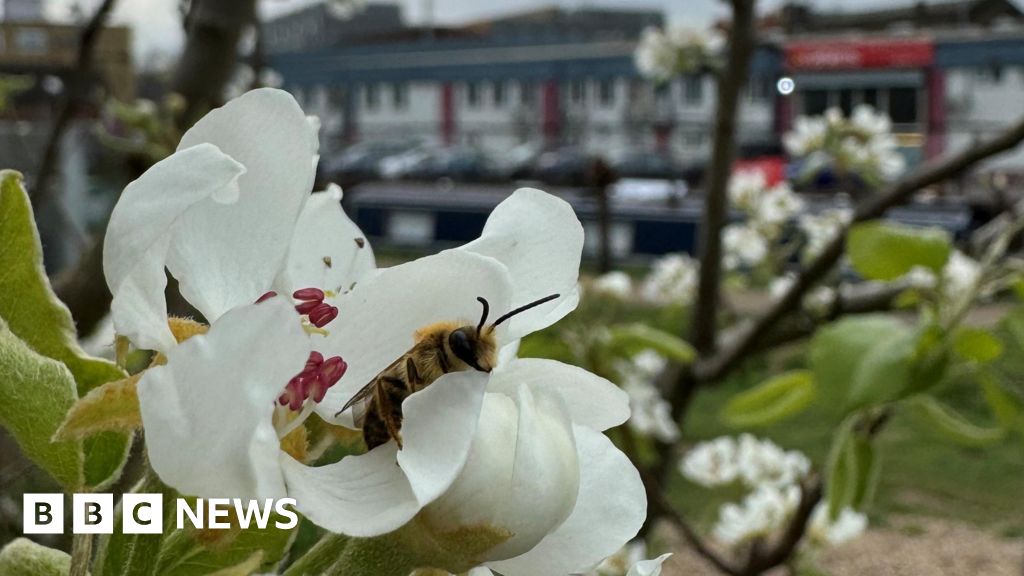fromwww.bbc.com
42 minutes agoPhotographing the hidden world of slime mould
These images, captured by photographer Barry Webb, provide a close-up view of single-celled slime mould organisms. A view that would not be possible with the naked eye. Using a high-powered macro lens, and a composite of stills, Barry is able to reveal the tiny structures, which can grow anywhere from forests to deserts. Barry has won awards for his work, which is mainly focused west of London, including the recent people's choice award in the macro section of the British photography awards.
Photography



